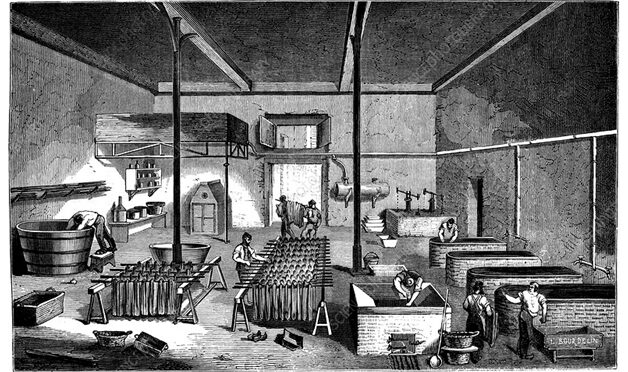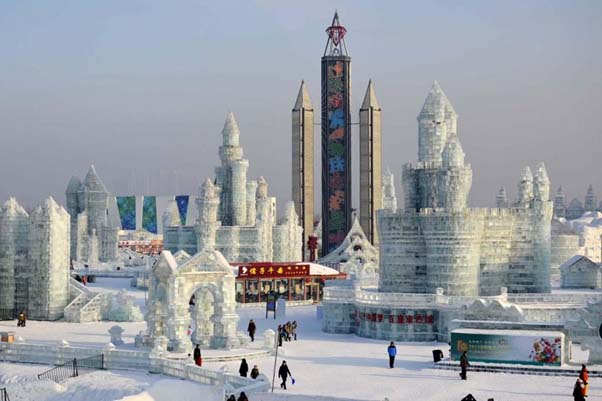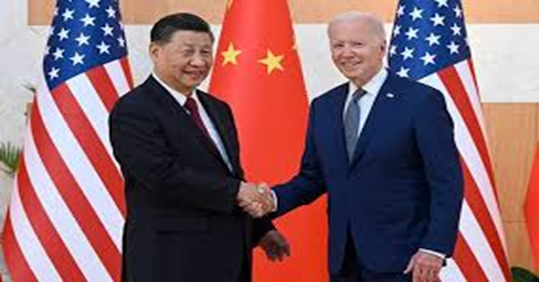Technology and Culture: The Indian Experience
Posted on : August 7, 2023Author : Antardeepan Roy Chowdhury

Technology has long been seen as an exogenous process which humanity itself creates but it simultaneously guided by it. From the wooden plough which improved agriculture to the steam engine in 18th century England. Science has been seen as the leading source of technological growth however technology cannot prosper without the proper sociological and economic environment. This phenomenon seen in the beginning of the Age of Enlightenment, England and France both of which had enormous colonial empires and adopted the same enlightenment ideals however the Industrial Revolution took place in England rather than in France, an event whose impacts were felt around the world soon changing it altogether. The reason for this unusual event has been the institutions present in England which allowed people who made scientific breakthroughs and contribution to societies to gain social status and wealth even sometimes being granted knighthood an prominent example is Isaac Newton on the other hand France at the time was one most absolutist monarchies in Europe since the reign of Louis XIV also known as the ‘Sun King’, had institutions which blocked the peasants or the serfs from moving upward in their social status whatever their contribution towards the state, a system which would be brought down during the French Revolution and then carried forward by Napoleon, this social mobility made both adoption and creation of technology a more facile, hence was born the Industrial Revolution. Technology has also been guiding hand of economic growth in nations, in some ways the technology might even be a part of Adam Smith’s Invisible Hand, which he had described as, “Individuals serve the collective interest precisely because they are guided by self-interest”. Economists like Solow and Frankel who belonged to the neoclassical school of economics gave the idea, technology being one of the crucibles on which a nation economic development is achieved. This economic doctrine was adopted by both blocs which had emerged after the end of the Second World War, although the political doctrines influenced these economic theories.
However modern economists, have indicated that technology itself is much more complex a factor than it was initially thought, shown by Ricardo Hausman and Dani Rodrik. Culture which is a very subjective factor plays a big role in the use and adoption of technology, this has one of the critics against the neoclassical theories of growth even technology and geography also play a critical a relation explored by Paul Krugman. Even though the internet has made knowledge easier to access and globalism had led to breakdown of barriers between nations easier transfer of technology, however the adoption of technologies has varied from nation to nation. While in some places technologies which produced great failed in a different nation. An example of this event was seen in Japan which had begun its modernization after the Meji Restoration. The Japanese experience in the steel industry was similar, in 1874, the Meji government overrode local engineers to build a factor with technology adopted from England but the factory was closed down shortly after this because of scare availability of charcoal and low-quality coke.
In wake of the Battle of Plassey, Cornwallis instituted the Permanent Settlement after the, this fixed the revenue in newly conquered Bengal but left the common peasants to untold oppression by the Zamindars who were now mostly rich business men with sole intention of increasing their gain replacing the old Zamindars who had knowledge of the land and its limitations. This new form of feudal system which worked in Cornwallis’s own land back in England was a disaster in India, leading to horrific famines were millions perished, this forced import of technology was a catastrophe. One of the best studied events in economic history concerns, the cotton textile industry which was a crucial industry in 19th century and Lancashire cotton mills were the world leader, and remained so well into the 20th century, one such firms, Platt sold foreign buyers a full technological package, complete with equipment, training to operate the machines and even managerial staff. This gave firms around the world access to “same” technology as the Lancashire firms. In case of India, a firm named Clark and Woolcott bought this package from Platt to set up a firm in India, however the factories set up in India had a fraction of both the profitability and productivity. This showed the emergence of new Industries is a diverse affair which depends on both mutual adaption of machines and local conditions which includes a multitude of factors such as culture, climate, resources available. After India’s tryst with destiny, the Planning commission was set up India formally became a republic in 1951, it came up with the system of Five-Year Plans a less stringent form compared to the Soviet Union. The First Five Year Plan included a myriad of objectives but focused on the domain of agriculture since 70% of India’s population were dependent on however even then India would face chronic famines. This famine situation will be finally eliminated after Green Revolution, this new technology is also a curious case of adoption of technology, since the green revolution worked significantly better in West India in states like Punjab, Haryana and UP, which increased their yields many folds however the green revolution had little impact in rice belt of Eastern India. This lopsided situation saw the greater commercialization of agriculture in West India leading to higher incomes but little to no effect in the east. India witnessed a good amount of growth during this period but it stagnated as India was unable to find to the comparative advantage in Industries however a seed planted by the late Prime Minister Rajiv Gandhi, had far reaching consequences was the import of computer technology, this would later bloom into the syncretism which was achieved when India became a giant of the IT industry. India which wasn’t able to follow the traditional steps of stages of economic growth, jumped into the tertiary sectors like IT, Tourism, etc. However, India is not a particularly technologically advanced nation, but has generated firms which have gone on become leaders in the Informational Technology industry like Infosys and Wipro. India’s rise in this field has been a perfect combination of both technology transfer and local conditions which can and should be replicated in the future. A policy born out of this was the Special Economic Zones (SEZ) which have been particularly active and has produced moderate results. India has the youth population largest in the world which is an enormous resource which attracts industries. Education in this way is also a boost for syncretism which allows for the creation of skilled labor which is crucial for the lopsided growth India finds itself in. Third world nations across both Asia and Africa have struggled in adoption of technologies since many of these technologies are incompatible with the local culture. Hence technology and culture go hand in hand, a curious relation which will be crucial for nations, as today the world is more multicultural and linked than ever before allowing for a greater flow of technology which if accomplished properly will lead poverty eradication and economic development.
References
Hausmann, R., & Rodrik , D. (2003). Economic Development as Self-Discovery. Journal of Development Economics, 603-633.
Krugman, P. (1996). Increasing Returns and Economic Geography. Economic Geography, 259-292.
Lowe, N. (1997). Mastering Mordern World History (3rd Edition ed.). Chennai: Macmillan Publishers, ISBN: 978-0333-93218-6
Rao, V. V. (1952). India’s First Five-Year Plan-A Descriptive Analysis. Pacific Affairs, 3-23.
Screpanti, E., & Zamagni, S. (2005). An Outline of the History of Economic Thought (2nd ed.). New Delhi: Oxford University Press,ISBN:978-0-19-927913-5
Solow, R. M. (1956). A Contribution to the Theory of Economic Growth. The Quarterly Journal of Economics, 65-94.
Antardeepan Roy Chowdhury
Intern, Asia Global Affairs.
The originality of the content and the opinions expressed within the content are solely the author’s and do not reflect the opinions and beliefs of the website.




